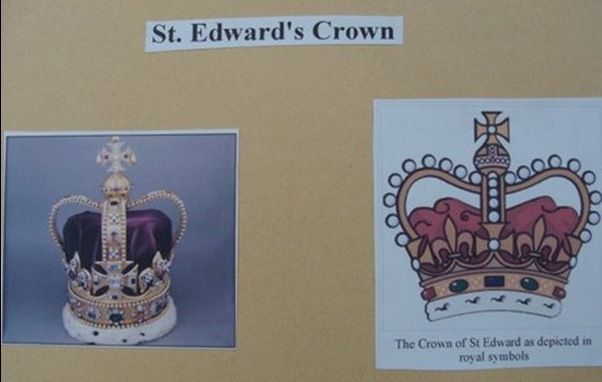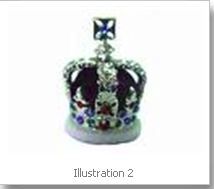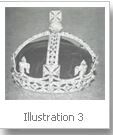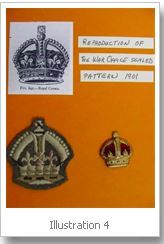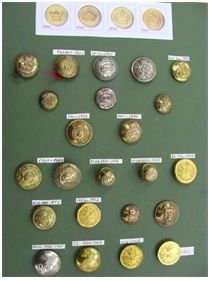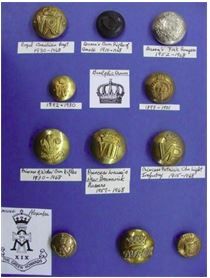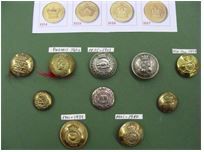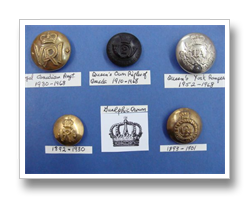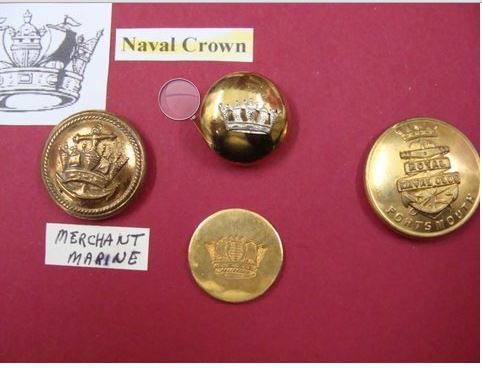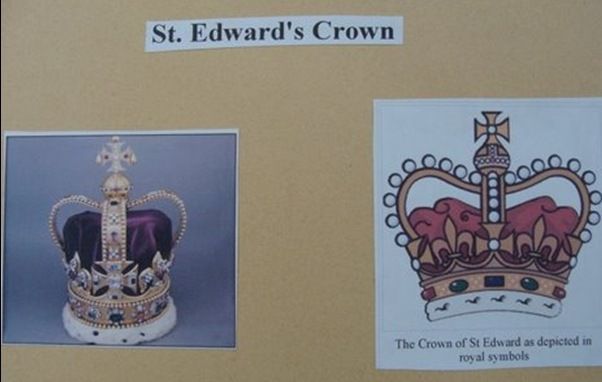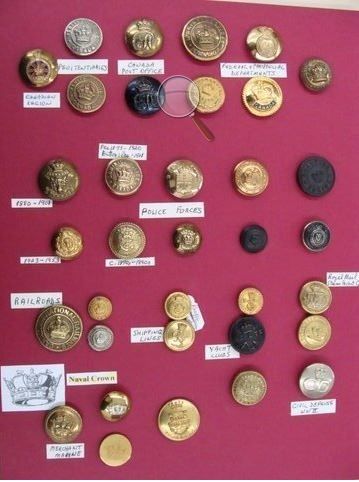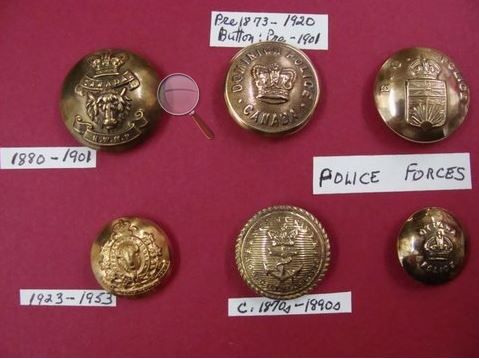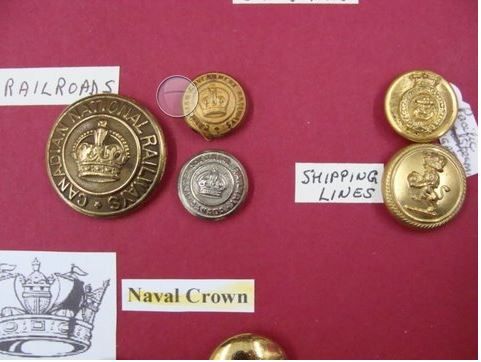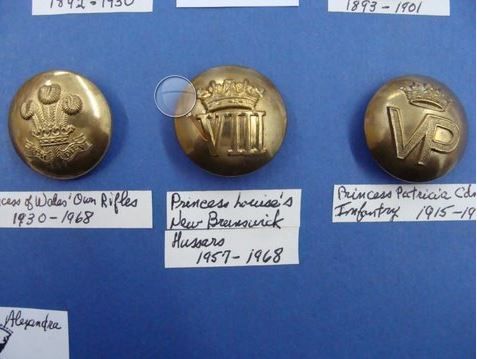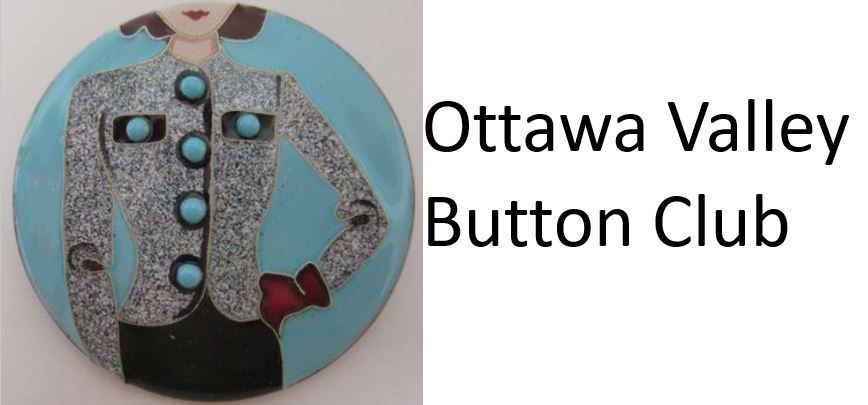Introduction – The Real Crowns of England
There are actually two royal crowns.
1) The official crown, the sign and symbol of the sovereigns of the United Kingdom, the crown used to crown the monarch at the coronation service, is known as St. Edward’s Crown. This crown is never altered or changed. It was made in 1662 for the coronation of Charles II (it was actually refurbished from an old crown).
Illustration 1. The crown consists of a rim of gold with rosettes of precious stones and diamonds; four crosses-patées and four fleurs-de-lis rise alternatel from the rim. (In heraldry, the cross patée is a cross of four equal length arms that taper towards the center of the cross – like the Victoria Cross). Two gold arches rise from the tops of the crosses and intersect with each other. At the intersection is a ball (in heraldry called a “mound”) of gold topped by another cross patée. The crown weighs more than 2 kilograms.
2) The second crown is known as the Imperial State Crown. This is the working crown, the crown that is actually worn. This crown is usually rebuilt for ea successive sovereign.
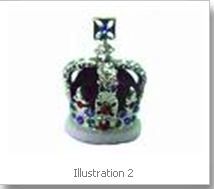
Illustration 2. Queen Victoria’s version of this crown is a magnificent piece of jewellery made for her coronation in 1838; it is modern in design but set with ancient and famous gems, in particular the ruby and the sapphires. Above the open-work silver rim of the crown are four silver crosses-patées that alternate with four ornamental fleurs-de-lis; from opposite crosses rise arches of silver worked into a design of oak leaves and acorn cups; from their intersection springs a mound with a cross-patée above it. The Imperial State Crown was slightly rebuilt or altered for King Edward VII as well as for the coronation of King George VI in 1937 and Queen Elizabeth II in 1953.
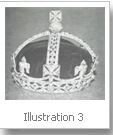
Illustration 3. Queen Victoria did not like the Imperial State Crown; she found it too big and too heavy. When she resumed public functions in 1870, some 9 years after the death of her beloved Prince Albert, she commissioned a very small diamond crown to wear on top of her widow’s veil. There are about 1,300 diamonds on the crown, taken from her own jewellery; she found diamonds acceptable during the period of mourning, unlike colored stones. She wore the Small Diamond Crown whenever she could in preference to the Imperial State Crown until the end of her reign.
Crown representations on buttons
St. Edward’s Crown is the crown supposed to be heraldically represented over the Royal Arms and on other insignia as a State or official symbol. This is the crown we see on most uniform buttons until the accession of Edward VII to the throne in 1901. There are lots of variations because there was no standard and the designers of insignia and buttons made their own interpretations.
Dome-shaped Tudor pattern crown. Edward VII had noticed that there were different crowns on accoutrements, which even included some Continental crowns, and he wished to regulate the shape of the crown. He wanted one uniform crown to become the sealed pattern for the Services (the sealed patterns are kept by the War Office as standards to be adhered to).
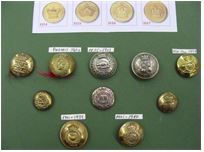
Illustration 4. This is the pattern he chose. The crown is dome-shaped vs. square or arched, and was/is sometimes referred to as the Tudor Crown because the design was somewhat modeled on a crown worn by Henry VII, the first Tudor king. But in shape it is very similar to Queen Victoria’s Small Diamond Crown. The subsequent kings retained this crown pattern to use with their individual cyphers – George V, Edward VIII and George VI.
This brings us to 1952 and the accession of Queen Elizabeth II. She decided that the St. Edward’s Crown should be represented above her cypher rather than a representation of a crown that did not actually exist, so she directed that a heraldic representation of the St. Edward’s Crown should take the place of the so-called Tudor Crown in all future designs.
Therefore, the terms King’s Crown, Queen’s Crown and Queen Victoria’s Crown, abbreviated KC, QC, and QVC, are incorrect or at best over-simplifications, prevalent among military badge collectors, that have spilled over in the button world. The terms are used in catalogues, lists, and on the internet. It is just a coincidence that in the last century four male monarchs who chose the so-called Tudor Crown as the state symbol, were followed by a Queen who chose a representation of the St. Edward’s Crown. The basic design of the St. Edward’s Crown has been used by eight kings and two queens up to Queen Elizabeth.
Button card 1. In general, during the reign of Queen Victoria, the pattern of the arched crown on uniform buttons is bulkier with less smoothly curved arches than subsequent crowns.
And we also find two basic representations of the domed Tudor Crown. The difference between the two versions is due to different makers; the first type shown occurred mostly during Edward VII’s reign.
We can date the buttons more precisely if the Royal Cypher is included in the design, and with information on the history of the regiments.
Therefore the use of different royal crown representations can be a broad guide to dating uniform buttons, both military and civilian, but there are many exceptions. For example there are buttons of institutions and organizations that bear the crown of the reigning monarch at the time royal patronage or appointment was received, instead of the crown representation of the monarch reigning at the time the button was made.
Button card 2(blue background)
On the military side, there are three units in the Canadian military which, for traditional reasons, have been given Royal approval to continue using a variation of the Victorian pattern of the St. Edward’s crown:
The Royal Canadian Regiment
The Queen’s Own Rifles of Canada
The Queen’s York Rangers (1st American Regiment) Other regiments have used a type of Guelphic crown on their insignia, associated with Prince Albert. This is a German crown.
It was the crown of the Electors of Hanover, one of whom became George I. Prince Albert was a prince of the House of Saxe-Coburg and Gotha. Examples are:
The Royal Canadian Artillery (1893-1901 QV Cypher) and The Royal Canadian Regiment (1892-1930).
The Naval Crown is used on buttons of the Merchant Marine, Navy blazer and mess buttons, and those of some clubs. Above the rim of this crown, one can see alternating sterns and topsails.
The two basic shapes of crowns, arched and domed, are found on many other uniform buttons in addition to the buttons of the military:
- Government departments:from penitentiaries, to the post office, to marine services, to educational services…… (federal and provincial departments; in England –Civil Defence during WWII and the Cold War.)
- Police: from the Dominion Police (first Federal police force, preceded the Northwest Mounted Police), to provincial and town police, to river police.
- Railroad and steamship lines
- Organizations: Royal Canadian Legion, yacht clubs
Coronets
In addition there are several different coronets displayed on regimental buttons. Some are seen on below:
The coronet of a Royal Prince or Princess that features three crosses-patées alternating with two fleurs-de-lis.
The Danish coronet of Princess Alexandra who married the Prince of Wales who was to become King Edward VII.
The coronet of a Duke which features five strawberry leaves.
The coronet of a marquis which features strawberry leaves with circular silver bell between the centre and outer leaves.
By Louise Daignault, © September 2009
Louise is a member of the Ottawa Valley Button Club.
